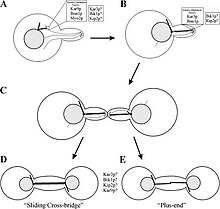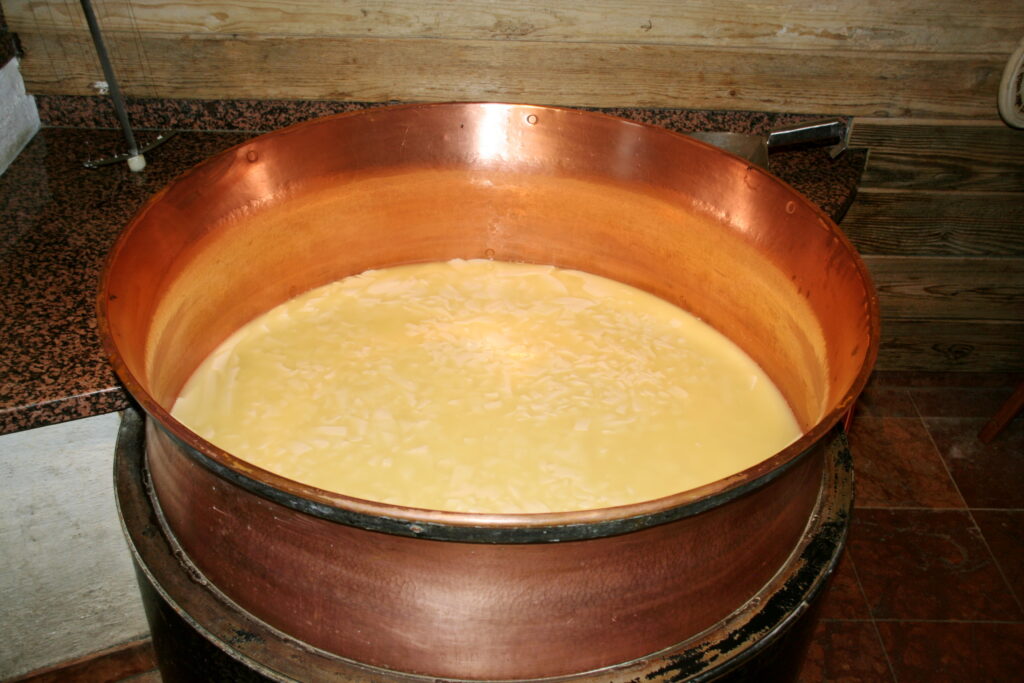Introduction:-
Fungi are an incredibly diverse group of organisms that play essential roles in ecosystems, industry, and medicine. Unlike plants and animals, fungi have unique methods of reproduction that allow them to thrive in various environments. Fungi reproduce to appreciating their importance in nature and their impact on human life.
Types of Fungal Reproduction
Fungi reproduce in two main ways:
Asexually and sexually. Each mode of reproduction has its advantages and allows fungi to adapt to their surroundings, spread rapidly, and survive in changing conditions.
Asexual Reproduction:-
The Power of Cloning
Asexual reproduction in fungi is the most common and efficient method for producing large numbers of offspring quickly. It involves the production of spores, which are tiny, often single-celled structures that can develop into new fungal organisms. These spores are usually produced through a process called mitosis, where a parent cell divides to produce genetically identical daughter cells.
There are several types of asexual spores in fungi:-
1. Conidia: These are non-motile spores produced at the tips of specialized fungal structures called conidiophores. Conidia are the most common asexual spores and are found in many fungi, including molds like Aspergillus and Penicillium. They are released into the air and can be spread over long distances by wind.
2. Sporangiospores: These spores are formed inside a sac-like structure called a sporangium. When the sporangium matures, it bursts open, releasing the sporangiospores into the environment. This type of spore is typical in fungi like Rhizopus, a common bread mold.
3. Chlamydospores: These are thick-walled spores that form within the hyphae (the thread-like structures that make up the body of the fungus). Chlamydospores are resistant to harsh environmental conditions and can survive for extended periods in a dormant state, ready to germinate when conditions improve.
Asexual reproduction allows fungi to spread rapidly and colonize new environments. It is particularly advantageous in stable conditions where the fungus can thrive without the need for genetic variation

Sexual Reproduction: Creating Genetic Diversity
While asexual reproduction is efficient, sexual reproduction introduces genetic diversity, which is crucial for the survival of fungi in changing environments.
Sexual reproduction in fungi is more complex and involves the fusion of specialized reproductive cells called gametes, followed by the formation of spores that contain genetic material from both parent fungi.
The process of sexual reproduction in fungi generally follows these steps:
1. Plasmogamy: This is the initial stage where two compatible hyphae from different fungal individuals come into contact and fuse. The fusion of these hyphae leads to the formation of a dikaryotic cell, which contains two distinct nuclei from the parent fungi.
2. Karyogamy: In this stage, the two nuclei within the dikaryotic cell fuse to form a diploid nucleus. This process leads to the formation of a zygote, which is the first cell of the next generation.
3. Meiosis: The diploid nucleus undergoes meiosis, a type of cell division that reduces the chromosome number by half, resulting in the formation of haploid spores. These spores contain a unique combination of genetic material from both parents.
4. Spore Dispersal: The haploid spores are then released into the environment, where they can germinate and grow into new fungal individuals, continuing the cycle.
Sexual reproduction in fungi is typically triggered by environmental stress or changes in conditions that make asexual reproduction less viable. The resulting genetic diversity helps fungi adapt to new environments, resist diseases, and survive in challenging situations.

Fruiting Bodies: The Visible Side of Fungi
In many fungi, sexual reproduction leads to the formation of fruiting bodies, which are the structures we commonly associate with mushrooms, puffballs, and other fungal forms. Fruiting bodies are specialized structures that produce and release spores into the environment.
For example, in the common mushroom (Agaricus bisporus), the fruiting body consists of a stalk (stipe) and a cap with gills on the underside. The gills are lined with spore-producing cells, and when the spores mature, they are released into the air, where they can be dispersed to new locations.
Fruiting bodies come in a wide variety of shapes, sizes, and colors, and they play a crucial role in the life cycle of many fungi. They are also important in ecosystems as they contribute to nutrient cycling by breaking down organic matter and recycling nutrients back into the soil.
The Importance of Fungal Reproduction
Fungi play a vital role in ecosystems as decomposers, pathogens, and symbionts. Their ability to reproduce both asexually and sexually allows them to adapt to a wide range of environments and ecological niches. Asexual reproduction enables rapid colonization, while sexual reproduction ensures genetic diversity, which is crucial for long-term survival.
Fungi also have significant implications for human life. They are used in the production of antibiotics, like penicillin, and are involved in fermentation processes that produce bread, beer, and wine. However, fungi can also cause diseases in plants, animals, and humans, making their study important for agriculture, medicine, and public health.

conclusion
The reproductive strategies of fungi are as diverse and charming as the organisms themselves. From the rapid spread of asexual spores to the genetic diversity generated by sexual reproduction, fungi have evolved complex methods to ensure their survival and success in an ever-changing world.
Fungi reproduce through two main methods: asexual reproduction and sexual reproduction. Asexual reproduction involves the creation of genetically identical spores, while sexual reproduction involves the fusion of gametes and the formation of genetically diverse spores.
Asexual reproduction in fungi primarily occurs through the production of spores. These spores are created via mitosis, where a single fungal cell divides to produce identical offspring. Common types of asexual spores include conidia, sporangiospores, and chlamydospores.